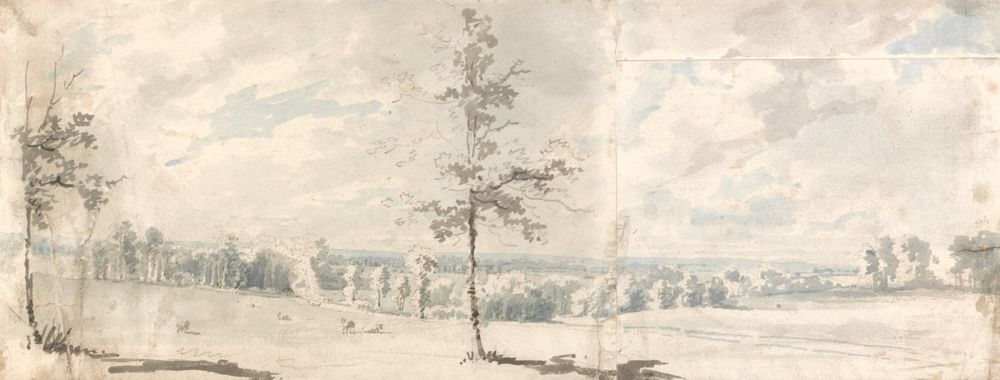Contributing to the Commons
Learning Objectives
By the end of this chapter, you will be able to
- Give reasons to contribute images to the commons.
- Choose a CC license for images you contribute to the commons.
Openly licensed images at sites like Wikimedia Commons and Flickr are crowdsourced. You, too, could be part of the crowd supplying images licensed for others to use in their creative projects.
Why Contribute Images to the Commons?
The commons is the cultural and natural resources accessible to all members of a society, including natural materials such as air, water, and a habitable Earth. These resources are held in common even when owned privately or publicly. By contributing to the commons, you enrich the resources available for everyone to use.

What Should I Consider First?
The licenses and CC0 are irrevocable.
“Irrevocable” means a legal agreement that cannot be canceled. In other words, once you apply a CC license to a work, the CC license applies to the work until the copyright on the work expires. This aspect of CC licensing is important to reusers because they have confidence knowing the creator can’t arbitrarily pull back the rights granted them under the CC license.
Because the licenses are irrevocable, it is very important to carefully consider the options before deciding to use a CC license on a work.
You must own or control copyright in the work.
You should control copyright in the work to which you apply the license. For example, you don’t own or control any copyright in a work that is in the public domain, and you don’t own or control the copyright to a photograph by Lorna Simpson. Further, if you created the material as part of your job, you may not be the holder of the rights and may need to get permission from your employer before applying a CC license. Before licensing, take care to be sure that you have copyright to the work to which you’re applying a CC license.
What Licenses Should I Choose for My Images?
The six CC licenses provide a range of options for creators who want to share their work with the public while still retaining copyright. The best way to decide which license is appropriate for a given image is to think about why you want to share it and how you hope others will use the work.
For example, here are a few questions to consider.
- Do you think people might make interesting new works out of your creation? If so, then you should choose a license that allows your work to be adapted.
- Is it important to you that your images could be incorporated into Wikipedia? If so, then you should choose CC BY, BY-SA, or CC0, because Wikipedia does not allow images licensed under any of the NonCommercial or NoDerivatives licenses except in limited circumstances.
- Do you want to give away all of your rights in your work so that it can be used by anyone in the world for any purpose? Then you might want to think about using the public domain dedication tool, CC0.
Creative Commons provides a tool called the License Chooser to help you decide.
How do I apply a CC license to my work?
Once you’ve decided you want to use a CC license and know which license you want to use, applying it is simple. Technically, all you have to do is indicate which CC license you are applying to your work. However, it is strongly recommend that you include a link (or writing out the CC license URL, if you are working offline) to the relevant CC license deed (e.g., https://creativecommons.org/licenses/by/4.0). Depending on where you share the work, you can provide the license in the copyright notice for your work, on the footer of your website, or any other place that makes sense. The important thing is to make it clear what the CC license covers and locate the notice in a place that makes that clear to the public. See Marking your work with a CC license for more information.
To apply CC licenses on particular platforms
Platforms like Wikimedia Commons and Flickr provide guidance and tools for choosing and applying a license to an image.
- Wikimedia Commons allows you to choose a license through their built-in system, but it is only limited to the licenses that the Wikimedia projects accept.
- Flickr provides a guide on the topic.
Attribution
This chapter is mainly excerpted from 4.1 Choosing and Applying a CC License by Creative Commons, licensed CC BY 4.0.
- The learning objectives and introductory text are original to this version, and the text has been adapted for a student audience.
- The definition of the commons is from Commons at Wikipedia, licensed CC BY-SA 3.0.
